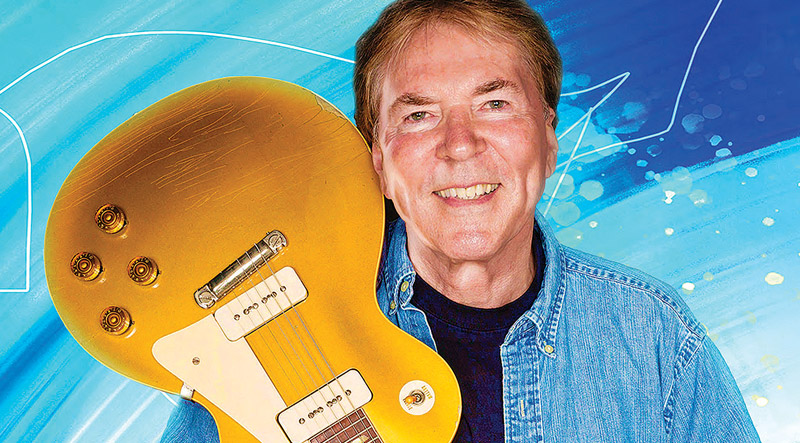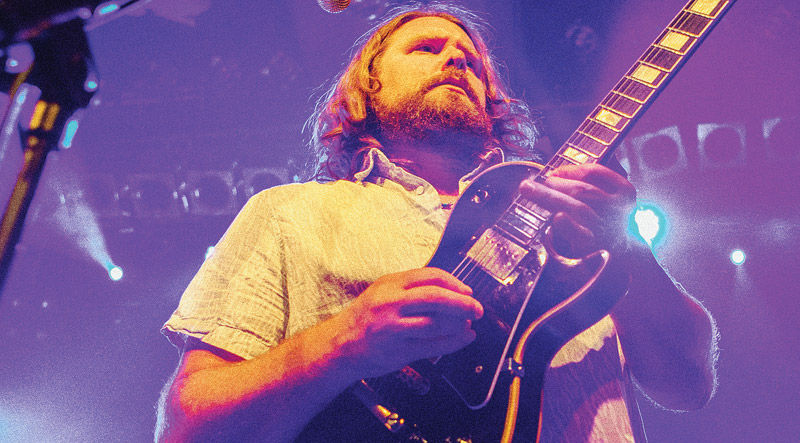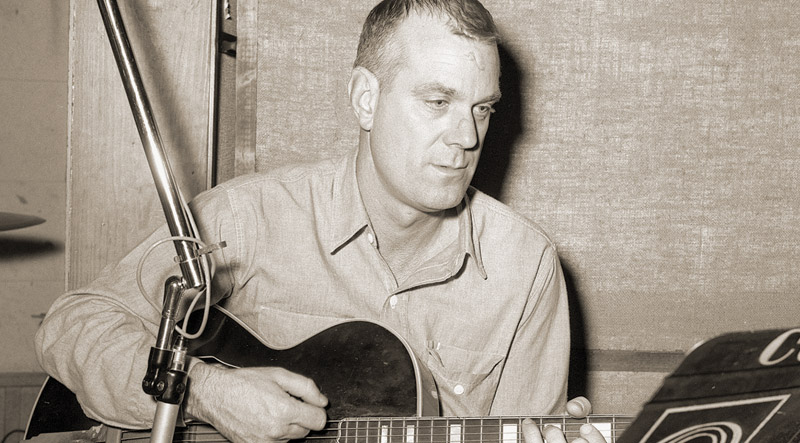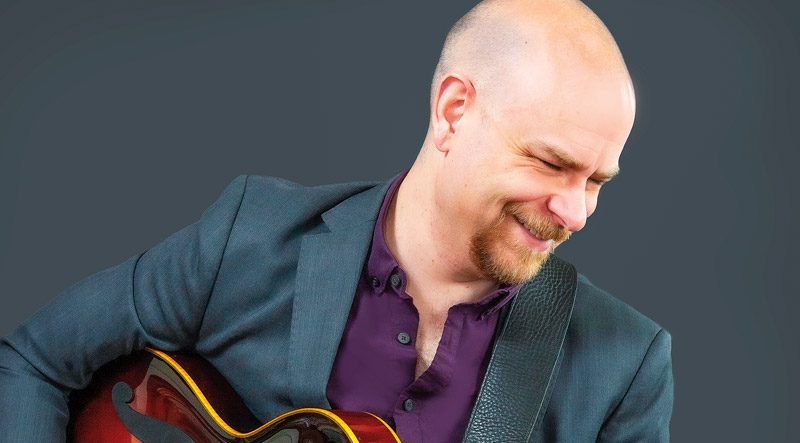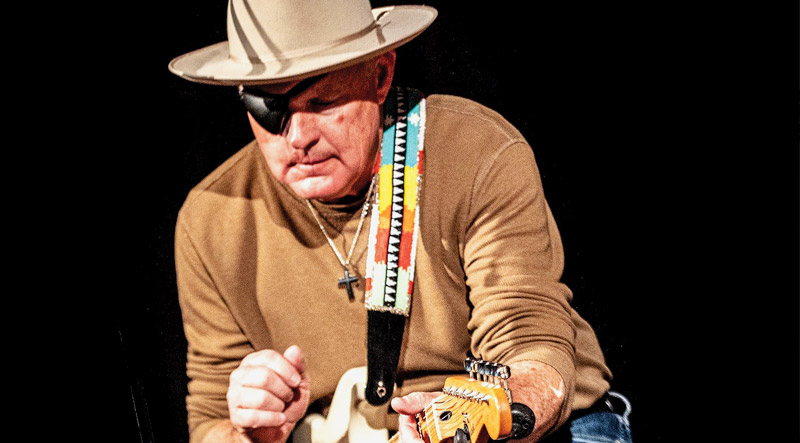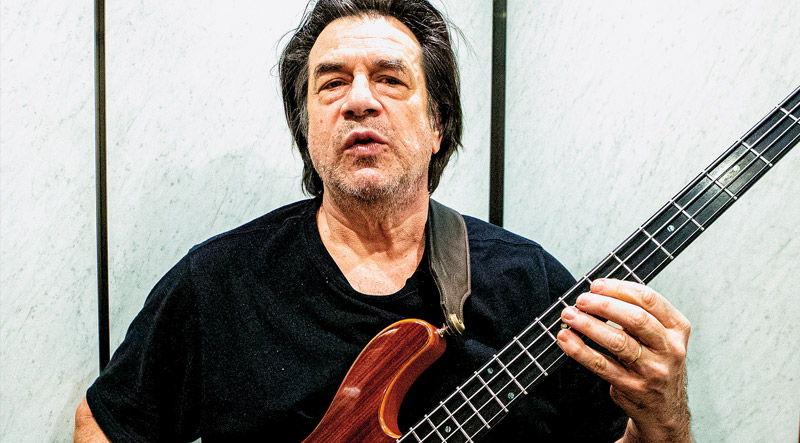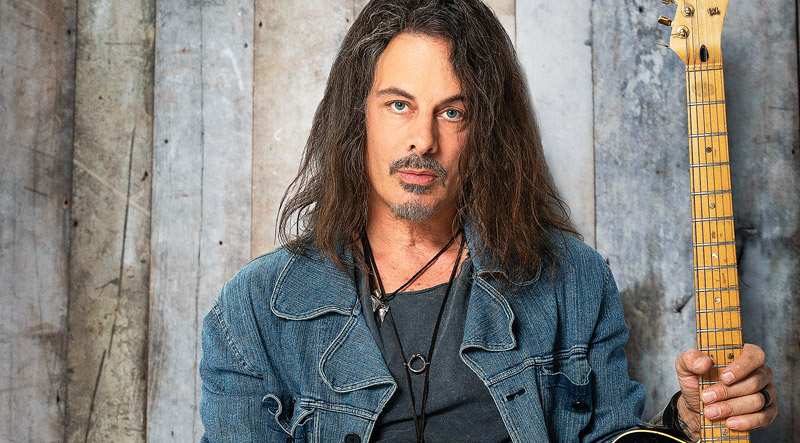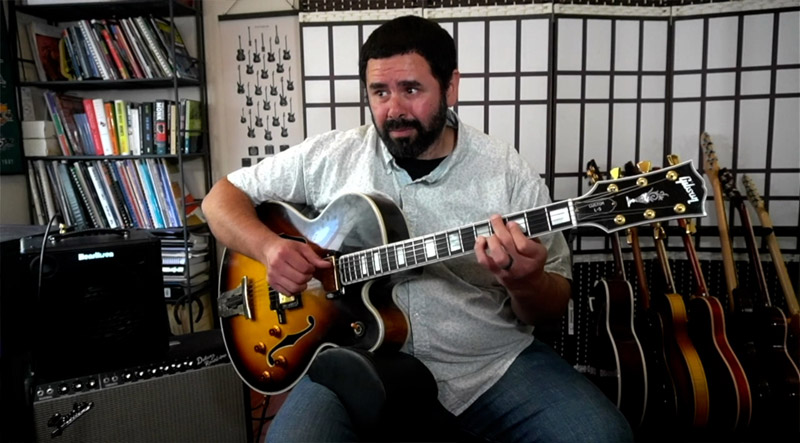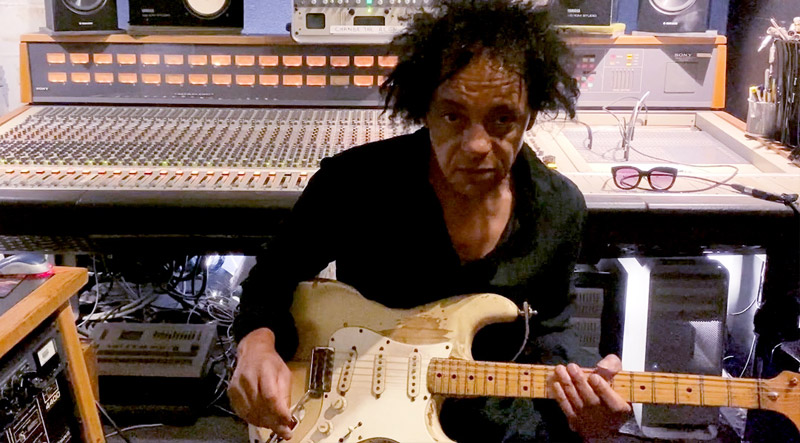
Admired for the iconic phase-shifter solo on Chuck Mangione’s 1978 smash “Feels So Good,” Grant Geissman can today look back on a successful career as a solo artist and sideman. His latest album, Blooz, interprets the blues idiom with a variety of styles and guests like Robben Ford, Josh Smith, Joe Bonamassa, and John Jorgenson.
You learned guitar during some of jazz’s peak years – but rock and roll was rising fast.
The first time I noticed that guitars were cool was from an older kid with a surf-music band; I distinctly remember the sun glinting off the chrome of his Fender Jaguar. Then the Beatles came, and that was it: I begged my parents for a guitar so I could somehow be a part of that incredible musical happening. Within a couple years, I had graduated to teachers who were more jazz-based, like Jerry Hahn, and started to learn jazz chords and improvisation.
How do you merge blues and jazz on Blooz?
I’m embracing the blues genre, but also defying it in some ways. For example, in a jazz-blues there are chord substitutions that move a straight-up blues into jazz, like using II-V progressions and tri-tone substitutions. I used some of that in tunes like “Stranger Danger.” As long as the tunes were bluesy in some way, I let them go where they wanted to go, harmonically.
In your jam with John Jorgenson on “Whitewalls and Big Fins,” you play more of a country blues.
The first time I heard country picking on a Telecaster was on “Tiger By the Tail” by Buck Owens, with that Bakersfield sound. And George Harrison was channeling rockabilly guitar on “Act Naturally” and “Honey Don’t,” which I also loved. I wrote the melody to “Whitewalls and Big Fins,” but John created all his own harmony parts on it, the way he used to do with the Hellecasters.
On “One G and Two J’s,” you’re going toe-to-toe with two top aces.
I met Josh Smith and Joe Bonamassa by hanging around at Norman’s Rare Guitars, which is a nexus for this album in many ways. Joe was so busy that I was wondering if it was actually going to happen, but he found a window of time and overdubbed his part at Josh’s studio.
Which guitars did you use on the album?
All vintage – a ’66 Epiphone Riviera, ’65 SG, ’58 Esquire, and a ’54 Les Paul. The cover shot is a blond ’53 ES-5, which was just a beautiful image.
What about the liner-notes picture of those tweed amps?
I brought three amps to the sessions – a ’56 Harvard, ’59 Vibrolux, and a tweed Blues Junior I got about 25 years ago. The Blues Junior ended up sounding best for this album, and I used it throughout.
Which effects do we hear?
Most of the project is straight into the amp after a volume pedal, but on “Whitewalls and Big Fins” I used an Electro-Harmonix Soul Food, and on “Carlos En Siete” and “One G and Two J’s” I used a Hermida Zendrive. My strings are all Ernie Ball Hybrid Slinkys.
Take us back to 1978, when “Feels So Good” was blowing up the pop charts. What was life like for you?
I first played with Chuck in November, 1976, and very soon after he asked me to join his band. I remember some of the earliest gigs in upstate New York, driving around in Chuck’s old brown station wagon with gear in the back. We recorded “Feels So Good” in August ’77, and soon after, the travel arrangements started getting much better, with nicer hotels. Hearing that tune as a radio hit was very exciting.
What did you use to record it?
The guitar was a ’68 Gibson L-5 direct to the board through a script-logo MXR Phase 90. Engineer Mick Guzauski added a bit of delay when mixing.
There must have been some big gigs.
That band did all the major TV shows, like Johnny Carson’s “Tonight Show” and “Midnight Special,” so we were high-profile, especially for a jazz-oriented band. It was great to get to play improvised solos every night for good-sized crowds. The downside was that we were on the road nine months a year, and there were lots of one-nighters, meaning very early trips to the airport and not knowing what city you were in half the time. But those days were a very special, magical time.
This article originally appeared in VG’s December 2022 issue. All copyrights are by the author and Vintage Guitar magazine. Unauthorized replication or use is strictly prohibited.

